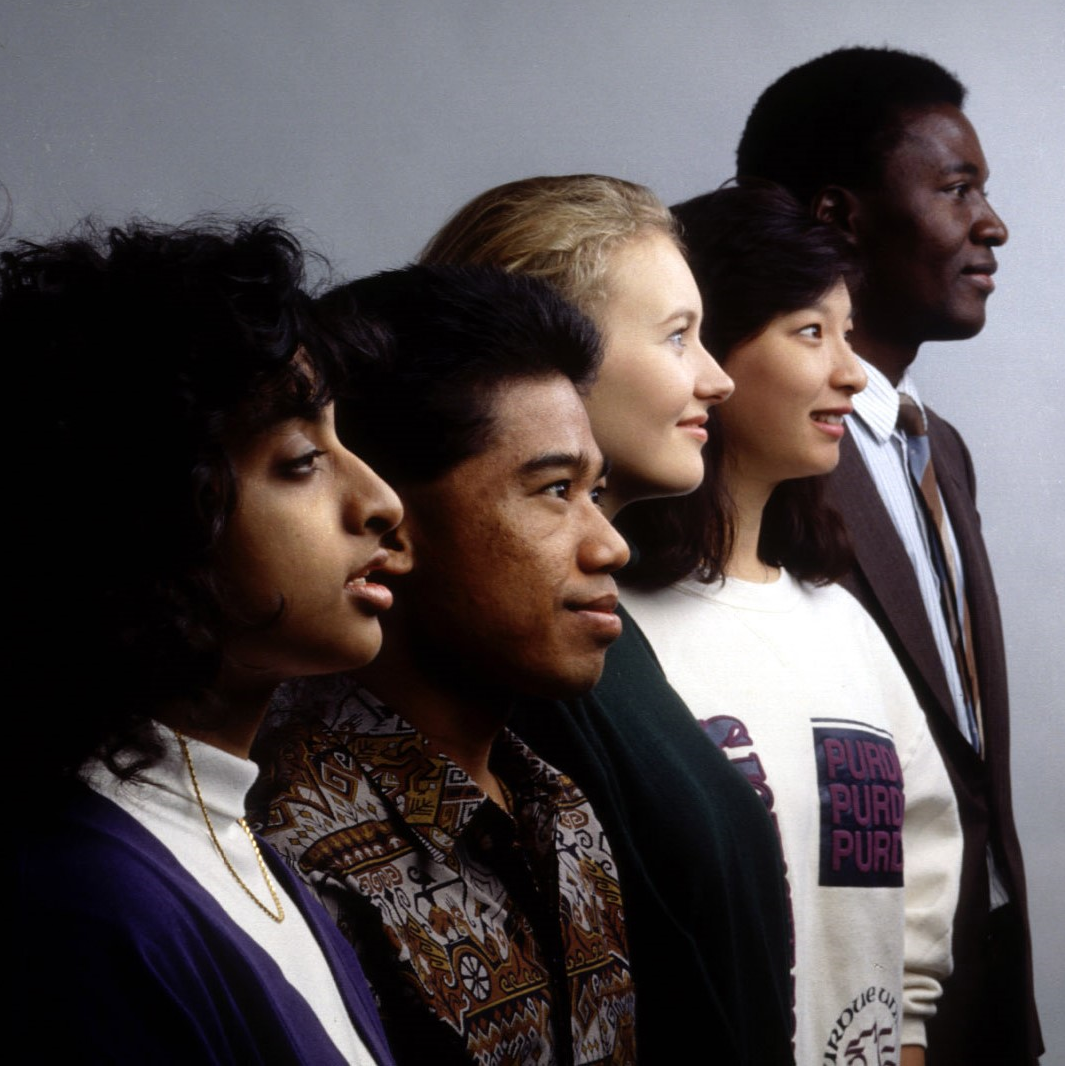
Your organization has a job opening, you have found a qualified candidate, interviewed them, and extended an offer. All done right? Not quite. The recruitment process doesn’t end until the candidate is officially hired. If you stop too soon, you might lose out on top talent—even after they’ve started working for you.
Let’s explore where the recruitment process really begins. An organization’s reputation within diverse communities can either help or hinder your ability to attract a diverse workforce. For many people from diverse backgrounds, networking within their communities is crucial for finding job opportunities. Here’s an example that highlights how one person relies on their network to identify organizations that value diversity, equity and inclusion.
Tyrone, an HR Director and African American, said that understanding an organization’s commitment to diversity is essential before he even considers an interview. “The first thing I do is word of mouth, and I usually have some kind of connection, either of somebody who is on their board, somebody who is inside that company or people who are familiar with that company. I start telephoning. I do a lot of that kind of research, because I’m not jumping off into some dark alleyway that might be a one-way alley and somebody nasty is down at the end of it.”
It’s easier to maintain a positive reputation in diverse communities than to repair a negative one.
Staying in direct contact with applicants throughout the hiring process is key to securing top talent. Your organization needs to do more than just get applicants through the door. Failing to recognize the importance of the entire recruiting and hiring process can result in losing the best candidates. Remember, qualified applicants—especially diverse candidates in professional roles—are likely receiving offers from other organizations as well. Here’s an example of how one top candidate was lost because of a breakdown in communication.
Carmen, a Brand Manager in Marketing who is Latina, was disappointed by the lack of follow-up from one organization after they made her an offer. Because of this, she accepted an offer from another company. “They did really good in the precursor to the offer, but after extending the offer, they didn’t continue the process of educating me about the company. I guess since I was in a position at the time to choose between different companies, the companies that were more aggressive about their follow-up with me were the ones who shined. The ones who did not follow-up after the offer didn’t.”
It’s essential to identify and close gaps in your recruitment and hiring process to retain top talent. The first four steps in the process are finding qualified applicants, getting them in the door, conducting interviews, and extending a job offer. The period after the offer is your final opportunity to sell your organization to top candidates. If they have multiple offers, yours is just one more for them to compare. The key is to show them that you value their skills and that your organization is the best fit—not just sit back and wait for their decision.
Once you’ve established a diverse applicant pool and are guiding candidates through your interview and hiring process, make sure a recruiter or staff member maintains contact with them throughout.
These are just a few examples related to this topic from our online training programs and book on Integrating Diversity and Inclusion into the Hiring Process. For more information, visit DiversityIntegration.com.
Copyright © 2024 Lila Kelly Associates, LLC. Not to be reprinted without written permission from Lila Kelly. Integrating Diversity into Recruiting, Interviewing, Hiring and Retention – Since 1992. See our training on diversity, equity and inclusion at diversityintegration.com. We offer Online Training, Blended Learning, Train-The-Trainer and Books. Subscribe to our newsletter here.
